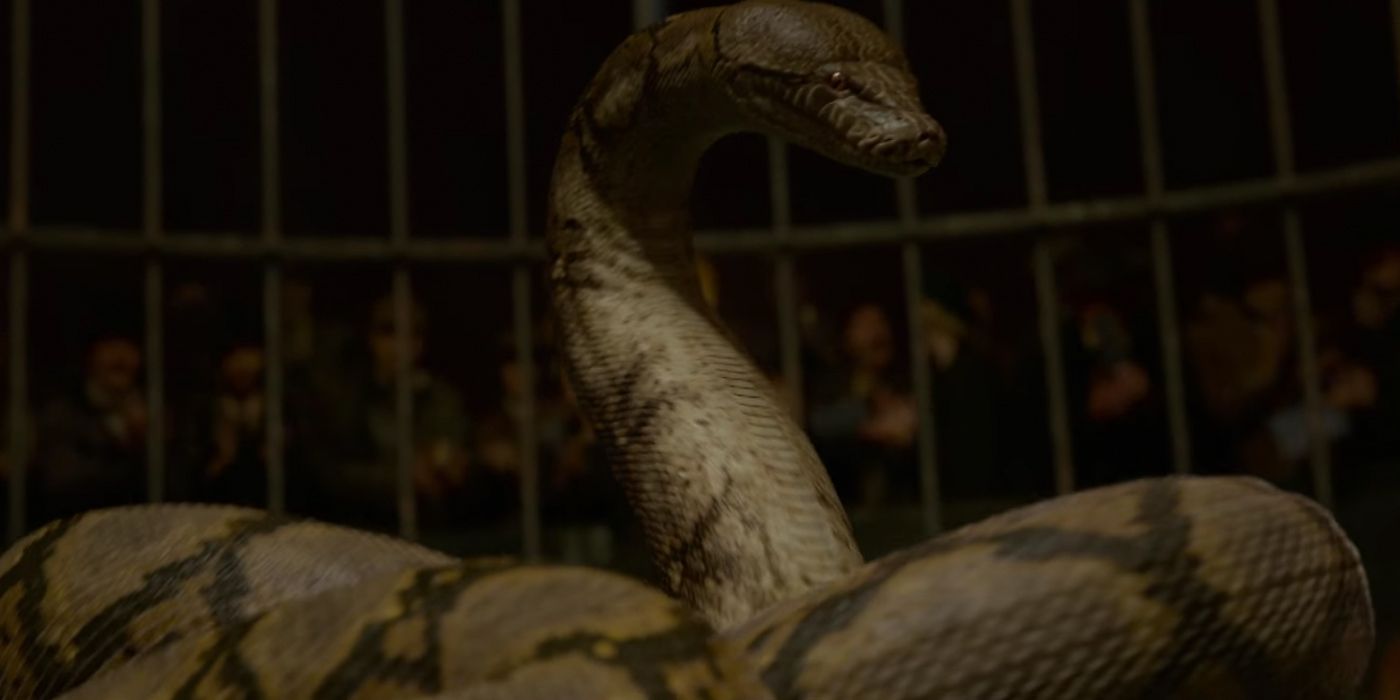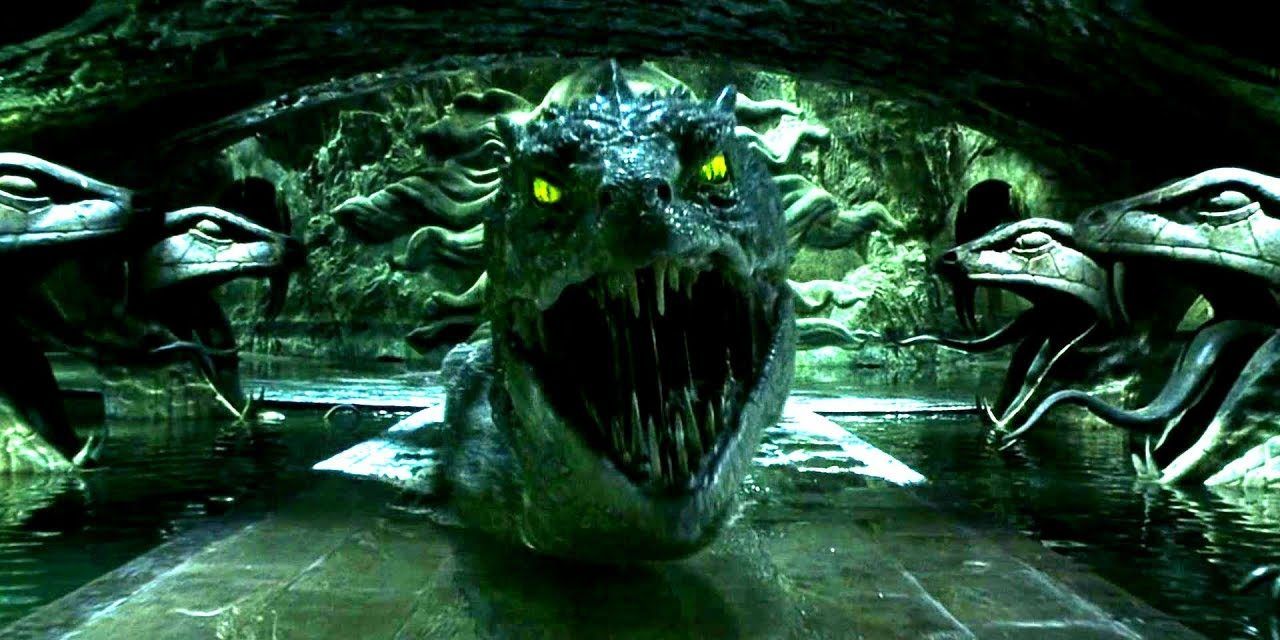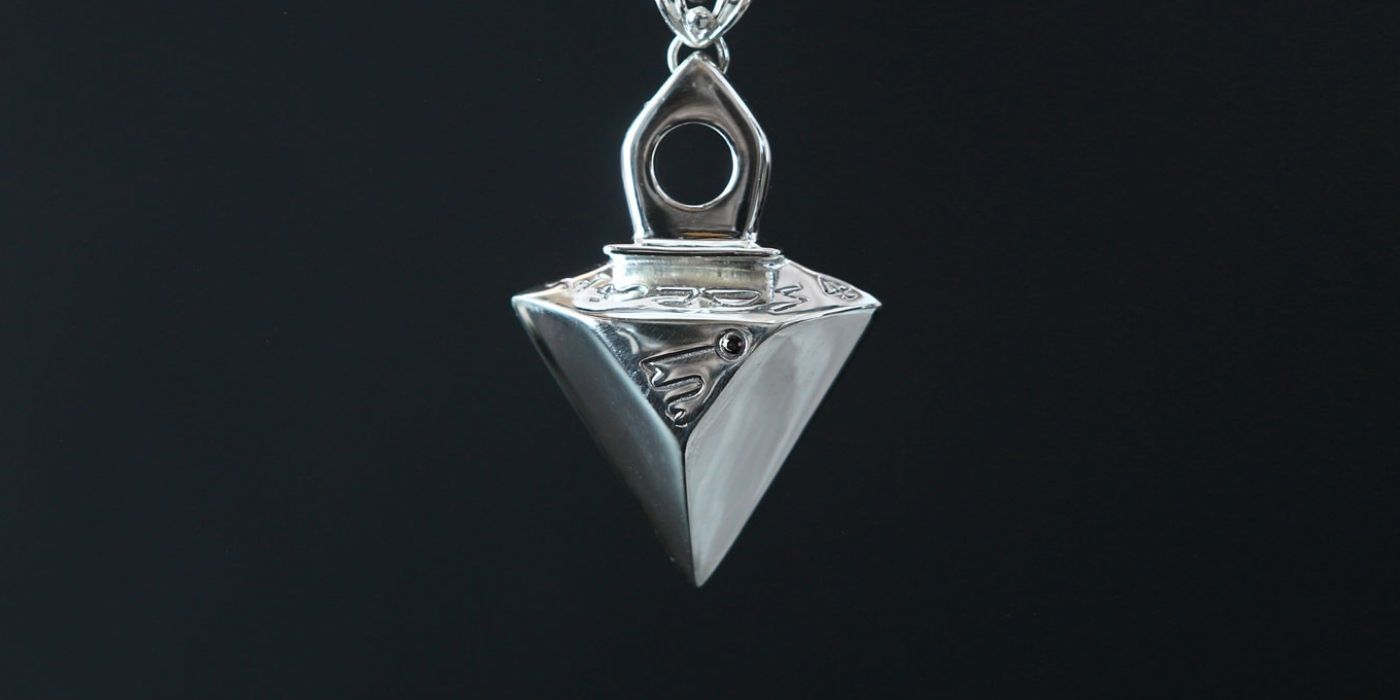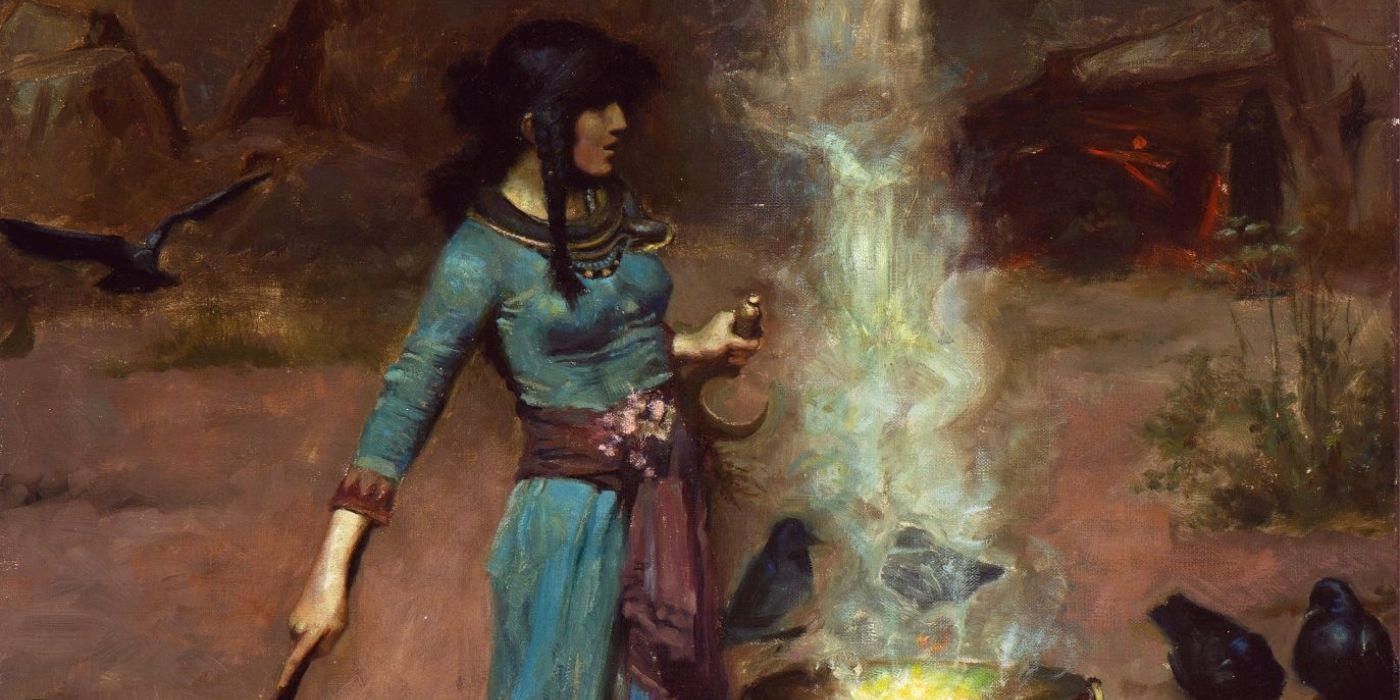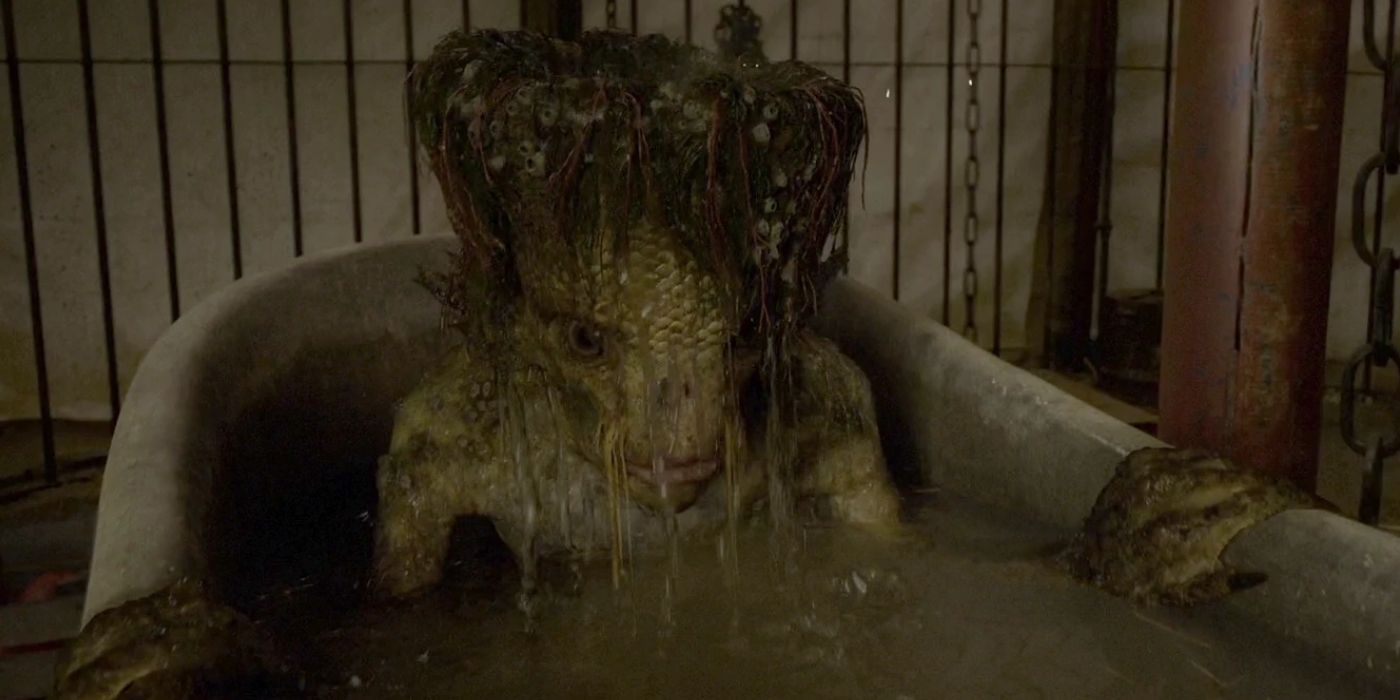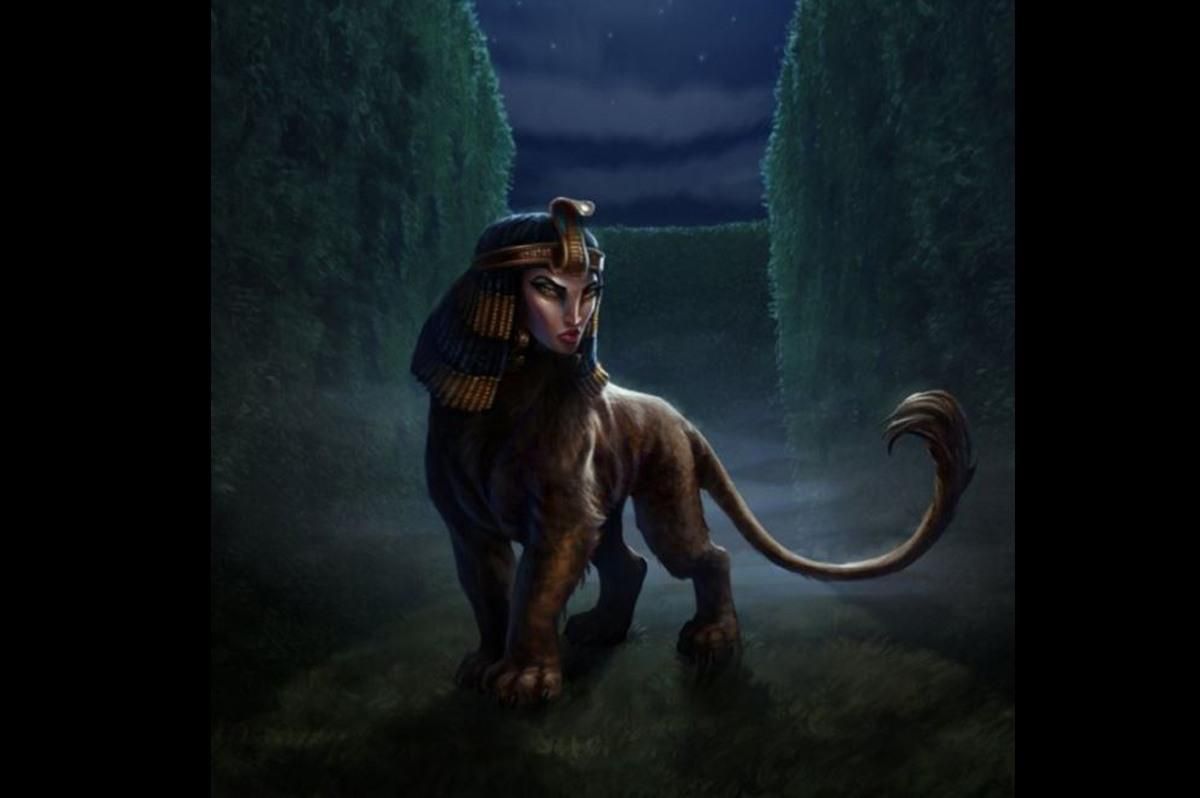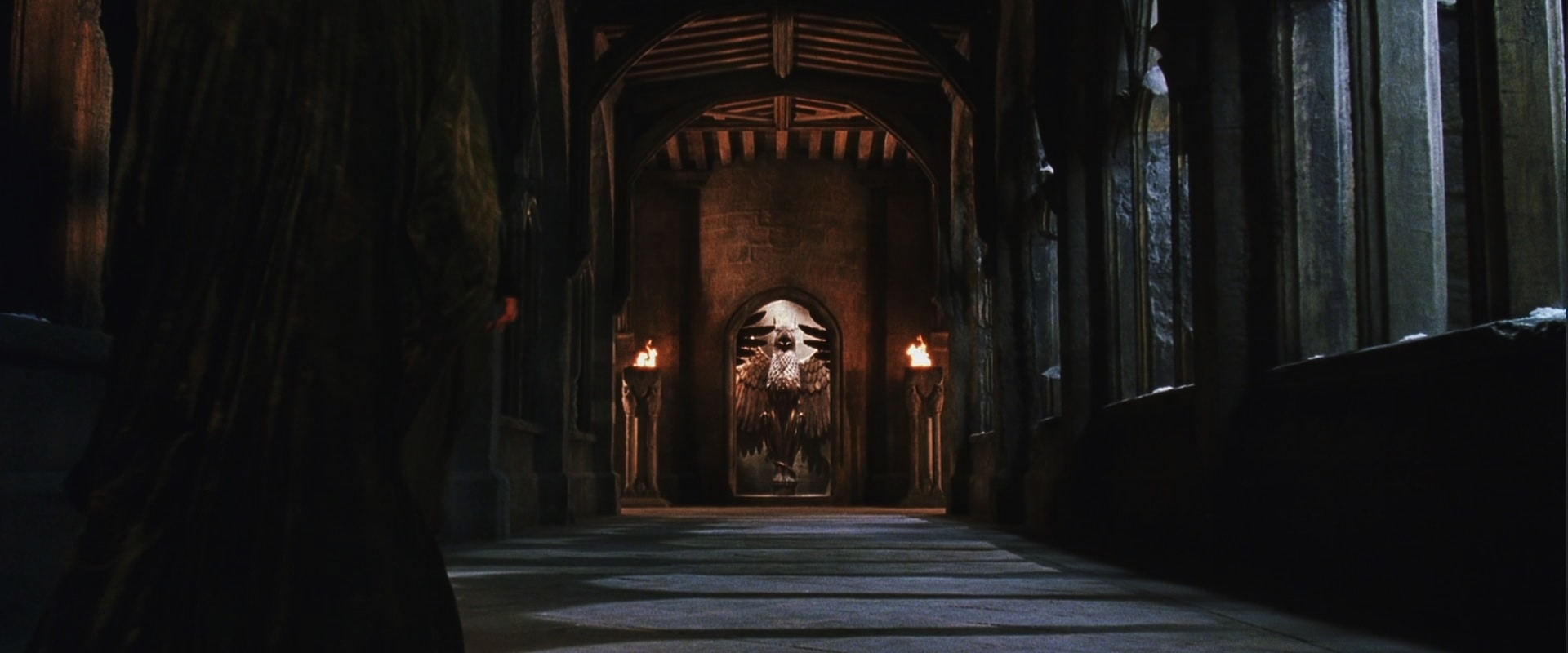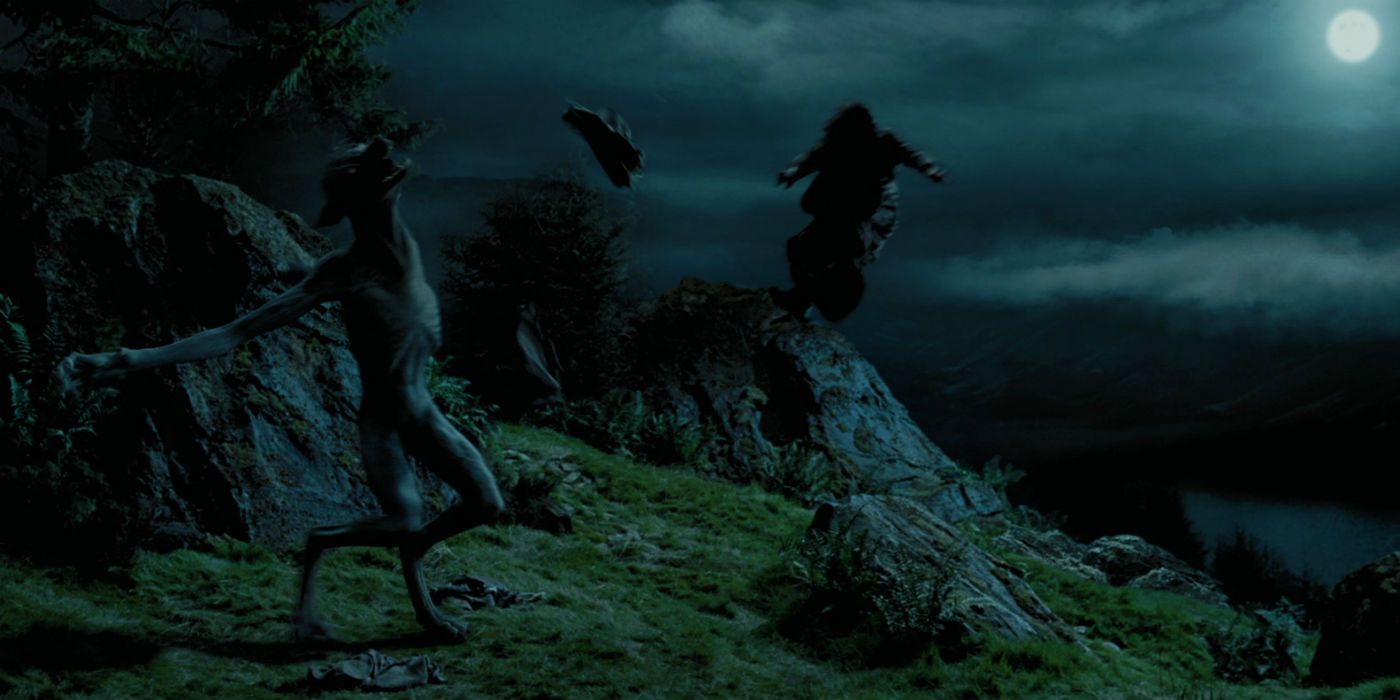Four new Harry Potter focused ebooks are hitting the "shelves" this summer. The first two are already out, and the second two will be out shortly. The first of the ebooks is Harry Potter: A Journey Through Charms and Defense Against the Dark Arts.
RELATED: 10 Things Wrong With The Harry Potter Universe We All Choose To Ignore
This ebook covered a lot of the influences J.K. Rowling found for her much-loved series. That includes everything from charms and spells, to Defense Against the Dark Arts. When it comes to the dark arts, these authors found influences for the darker elements and creatures, as well as a few of the ways to protect against them. A lot of this book focused on the creatures that could be found or the origins of elements we know today.
Snakes
Love them or hate them, snakes have a lot of associations. At times they were associated with poisons, other times with healing. Sometimes a culture would even see both sides, and acknowledge snakes for their healing and damaging properties.
In folklore, snakes do in fact represent a duality, the light and the dark, and the good and the evil. It's no wonder then, that J.K. Rowling opted to lean so heavily on snakes in her novels. You can see them in the way some of the characters behave (Snape, Voldemort), to a Hogwarts House (Slytherin), and even in our main character and his ability to speak to them. And let's not forget Nagini.
Wands
Wands and snakes actually have a lot in common folklore. There's the obvious; wands can kind of look like snakes on their own. They were also frequently adorned with snake patterns – that swirling look on the wands.
Wands can be made out of dozens of different wood types – just like J.K. Rowling said in her world. They're vital when it comes to channeling magic. They've made appearances in many different cultures, and have also shown up in countless fantasy novels.
Basilisk
The Basilisk was a dangerous foe for Harry in Harry Potter and the Chamber of Secrets. But they were not a creature created for the sake of the series. The Basilisks earliest appearance was in a manuscript called the Historia animalium.
Idonius, the writer for this manuscript, happily described and illustrated dozens of creatures. This included the Basilisk. Pliny the Elder was another animal expert at the time who wrote about them. As was Claudius Aelinaus. Though all three described the Basilisk slightly differently. Basilisks were so widely believed at one point that there were common suggestions on how to deal with one. Carrying a weasel was a good way to protect yourself, for example. Though it isn't a very practical solution.
Protection
Here we come to the whole point of a Defense Against the Dark Arts class – learning how to protect oneself. Historically speaking, most protection came from talismans or amulets. Or something similar. Charms and spells were also used, of course. But they required the user to have an understanding of the material.
Däbtäras were experts in this knowledge, and while they wouldn't share the knowledge with everyone, they would use what they knew to help others. They would provide the talisman or charm needed, depending on the situation.
The Magic Circle
One of the earliest portrayals of witches in a positive light came from the painting 'The Magic Circle' by John William. Here, a beautiful witch is shown casting a circle. Her beauty is in stark contrast to all of the horrid and comical representations of witches up until this point. The witch is holding a wand, and of course, is in the process of casting a protection circle.
A Busted Cauldron
Did you know that three witches managed to famously damage a cauldron during the 1950s in England? They were attempting to brew a potion by the shores. And they did so recklessly. They didn't really take into account what would happen when combining certain ingredients...
You can probably guess where this is going... The cauldron blew up. It flew into the air. It was later found with several holes in it, and the ropes permanently sealed to the cauldron sides. So, be thankful you weren't in the blast radius for that one!
Kappas
Kappas were not invented specially for Harry Potter. They were alive and well in Japanese lore well before that point. Kappas are Japanese water demons. They thrive off of blood and have been known to strangle any humans that wander too close to them. It's clear that J.K. Rowling based her Kappas off the ones in Japanese lore.
Akamatsu Sotan attempted to write about all the local lore and history of the time, including the Kappas. He included a drawing of the Kappas, and even marked what rivers they preferred to follow. There are also known ways to defend oneself against a Kappa, which makes this a perfect inclusion here. You can write your name on a cucumber and throw it into the water – a distraction that should guarantee your safety. It's also said that if you bow to a Kappa, they'll be forced to bow back. Bowing will dump out the water in their basin-shaped head, killing them.
Sphinx
A Sphinx was famously shown in Harry Potter and the Goblet of Fire. Harry had to answer her questions in order to keep on the path. But once again, Sphinxes are popular in lore. There are a few different variations of the Sphinx. They can be described as the body of a lion and head of a man, or body of a lion, head of a woman, and wings of a bird.
Sphinxes were considered both dangerous and wonderful guardians, a two-sided sword if ever there was one. Edward Topsell wrote about Sphinxes in The Historie of Foure-Footed Beasts. And yes, they were right alongside non-magical critters.
Gargoyles
Of course, gargoyles made an appearance in this novel. Believed to be protectors themselves, you didn't really need to worry about arming yourself against them. Gargoyles served many purposes, historically speaking. One of their designs was a pleasant looking way of draining water from tall rooftops. Yes, you read that right.
The other is slightly more obvious – they were believed to ward off evil spirits and the like. That's one of the many reasons they were so commonly shown atop churches and other important buildings.
Werewolves
There are plenty of examples of werewolves or shapeshifters in all kinds of lore. One example is Johann Geiler von Kaysersberg's sermons.
He would preach against evils, including those influenced by the devils. And werewolves. Once again, these creatures, should they exist, were simply an easy target to preach against.


